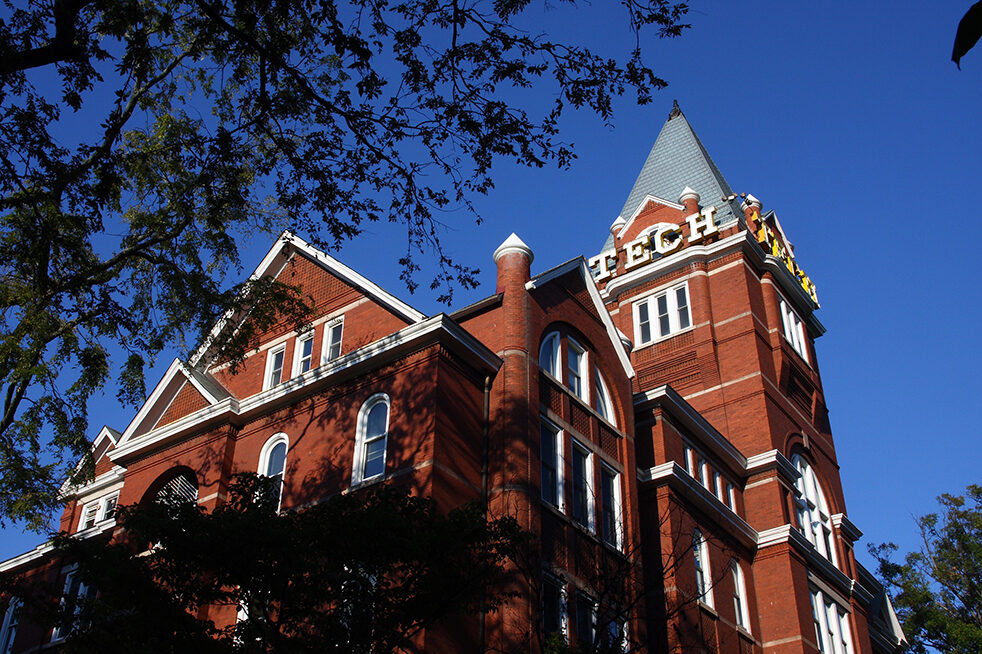Today, parks will be full of Americans decked out in red, white and blue. The smell of hot dogs and charcoal will fill the air during the day, replaced by dazzling fireworks displays in the evening. Independence Day — popularly known as July 4th — is a time of American celebration signifying the signing of the Declaration of Independence in 1776. But look closely, and you might notice many people do not feel fully part of the celebration because of their background or identity. While the holiday may feel distant for many Americans, the fourth belongs to everyone, and it is important to recognize that citizens of all backgrounds worked to make the nation what it is today.
This sense of disconnection isn’t uncommon. Many Americans from immigrant or marginalized backgrounds can feel caught between cultures — not fully embraced by their heritage, yet not fully claimed by the country they call home.
That feeling can grow stronger on days like the Fourth of July, when national pride is front and center, but not everyone feels equally part of the celebration. Thus, it’s important to remember: America’s roots have always been multicultural.
A core part of elementary to high school education in America focuses on how the United States came to be — from British settlers aboard the Mayflower to the Revolutionary War. Names like Alexander Hamilton, Paul Revere, and Benjamin Franklin are taught, repeated, and revered. Yet countless others, just as instrumental to securing independence, are commonly left out of American textbooks.
The American Revolution was not a single battle, but a collection of major conflicts that lasted eight years, including the Battle of Yorktown, the last major land battle of the war. The colonies’ success in this decisive clash was made possible by the efforts of James Armistead (later known as James Armistead Lafayette), an enslaved man who acted as a double agent for the Continental Army. Posing as a runaway slave, he infiltrated British camps and gained the trust of General Cornwallis and Benedict Arnold, relaying critical intelligence to French General Marquis de Lafayette.
According to the National Museum of the United States Army, Armistead’s most significant contribution to the war was providing evidence that Cornwallis was sending thousands of troops to Yorktown, Virginia, a warning that allowed George Washington and French General Rochambeau to plan for a joint American and French blockage that caught the British off guard and led to their eventual surrender on October 19, 1781.
Another Bblack patriot who goes unnoticed in American History was Peter Salem, a formerly enslaved man who fought alongside other Black Minutemen during the opening engagements at the Battle of Lexington and Concord. Although his main effort was his courageous fight at the Battle of Bunker Hill, where he is often credited with firing the shot that killed British Major John Pitcairn, though scholars continue to debate the accuracy of the claim, according to the American Battlefield Trust.
Independence was only the beginning. Over time, Americans reexamined and expanded upon the nation’s definition of freedom.. Nearly two centuries later, the Civil Rights Movement became the next chapter in the ongoing story of a nation still learning how to deliver on its original promise.
The struggle for civil rights has always extended beyond a single movement, generation, or community. The New-York Historical Society notes that in the 1960’s, Yuri Kochiyama, a Japanese American civil rights activist and former prisoner in a World War II internment camp, stood beside Malcolm X and became a powerful voice for ethnic solidarity, anti-war activism, and nuclear disarmament. Moreover, Aiko Herzig-Yoshinaga, also a Japanese American, uncovered government documents proving that internment was rooted more in racial prejudice than military necessity — a discovery that helped secure a federal apology and reparations through the Civil Liberties Act of 1988, the UCLA Asian American Studies Center reports.
Meanwhile, in the Mexican American community, the Felix Longoria Affair brought national attention to racial discrimination when a World War II veteran was denied funeral services because of his ethnicity. This incident sparked widespread outrage and helped galvanize the early Chicano civil rights movement, highlighting the ongoing fight for Latino equality, writes The National WWII Museum. In California’s farm fields, Larry Itliong, a Filipino immigrant and labor leader, co-founded the United Farm Workers union and led the historic Delano Grape Strike alongside César Chávez. His work brought national awareness to the exploitation of farmworkers and helped push forward critical labor reforms.
Beyond activism and advocacy, immigrants and people of color have made groundbreaking contributions to science, technology, and medicine that shape daily life. Dr. Narinder Singh Kapany, an Indian immigrant, is often called the “Father of fiber optics,” a revolutionary technology that laid the groundwork for Wi-Fi, the internet, and high-speed communication. Guillermo González Camarena, a Mexican engineer, developed one of the earliest color television transmission systems, changing the way the world consumed media. In the medical field, Dr. David Ho, a Taiwanese American virologist, pioneered the HIV “cocktail” therapy in the 1990s — a breakthrough that transformed HIV/AIDS from a fatal diagnosis into a manageable chronic illness.
Recognizing the legacy of these innovators is more than a history lesson — it is a blueprint. Progress is shaped by those who open doors not just for themselves but for the future, and every idea is a step forward for those who dare to rethink the impossible.
The story of America, from inception to fight for civil rights to progress and innovation, has never belonged to just one homogenous group. While July 4th marks the birth of a nation, it’s important to remember that the strength of the United States has always come from the diversity of those who built it and the brilliant minds who always believed in a better way.
